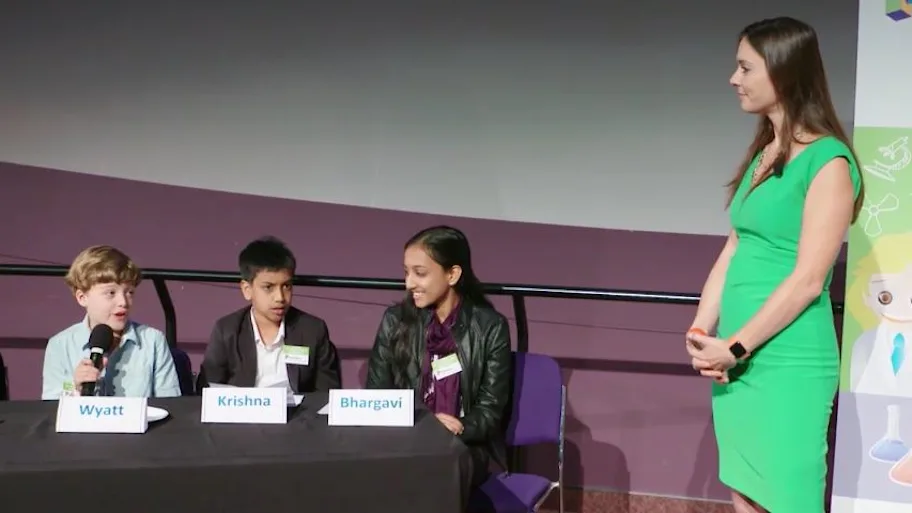
- Science News
- Frontiers news
- Rejection – sand in the oyster.
Rejection – sand in the oyster.
In scholarly research, peer review is a critical part of the publication process. Authors write up papers based on their research and submit them to journals for publication. People with a similar background and expertise to the authors - their peers - check the papers to ensure they are clear and evidence-based before publication. Sometimes, however, research is simply not ready or suitable to be published. In those cases papers are rejected during review.
At Frontiers, when reviewers recommend rejection, the handling editor is alerted. You can find out more about the role of handling editors here. Based on these recommendations, the handling editor mediates, and invites all reviewers to discuss the decision via the interactive review forum. The Specialty Chief Editor is alerted if there is no resolution and can invite additional reviewers for consultation. They can also decide to reject the paper, at which point everybody is updated on this action. The final rejection decision is made by the Specialty Chief Editor during review. Our Research Integrity team can also reject papers at submission, based on our objective rejection criteria.
We empower our chief editors, who are completely independent from Frontiers, to take these decisions to maintain a healthy balance between editorial and business decisions.
Occasionally, disputes arise between reviewers and authors - and even between editors and authors! If further opinion is needed, the journal's Field Chief Editor can step in. The editorial office can mediate to ensure that procedures were followed fairly.
Usually, when a paper is rejected, authors will know what they need to do to improve their paper. Rejection isn’t necessarily the end of the line. Reviewer comments and the editor’s rejection message will point them in the right direction, and offer guidance as to why the paper was rejected, rather than returning a binary yes or no decision. We strongly encourage authors to resubmit revised manuscripts in these cases. Good research should not be wasted!
So, that's us. What about other publishers?
Firstly, it should be said that not all rejections happen because a paper is unsuitable for publication. Many scholarly journals set rejection rates. In those cases, many papers unfortunately fall within a rejection quota. Other journals reject if a paper is not novel enough.
At Frontiers, we don't reject for either of these criteria. We do understand, however, that rejections are an important and necessary part of the scholarly process. Research can be objectively wrong or ethically questionable and should of course be rejected. In some cases, however, papers simply need extensive rewriting before publication. Rejections help separate these categories and keep the publication process running smoothly.
Why is rejection necessary and good for science? A paper in Science found that rejected papers are ultimately cited more than first acceptances. The clear argument is that peer review increases the quality of manuscripts. Rejection makes you stronger!
Whatever your role - author, editor, reviewer - rejections have to be taken with a positive attitude. That's not to say rejection is ever easy! It isn't, not in publishing or anywhere else! But manuscript rejection can be an incentive to improve, to publish only high quality papers. This helps other researchers with their studies, generates more knowledge and accelerates innovation, health and prosperity for all.






